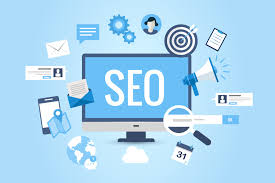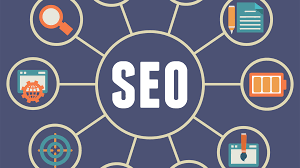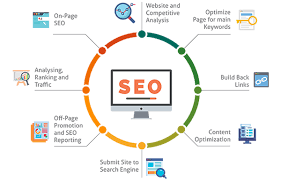05
Dec
Handling duplicate content and implementing canonicalization are important aspects of technical SEO. Here's some information on these topics: Duplicate Content: Duplicate content refers to similar or identical content appearing on multiple pages or URLs within a website or across different websites. Search engines strive to provide unique and relevant content to their users, so duplicate content can negatively impact search engine rankings and user experience. Types of duplicate content: Duplicate content can occur due to various reasons, such as URL variations (e.g., HTTP vs. HTTPS, www vs. non-www), printer-friendly versions of pages, session IDs, parameter variations, or content syndication. Impact…









